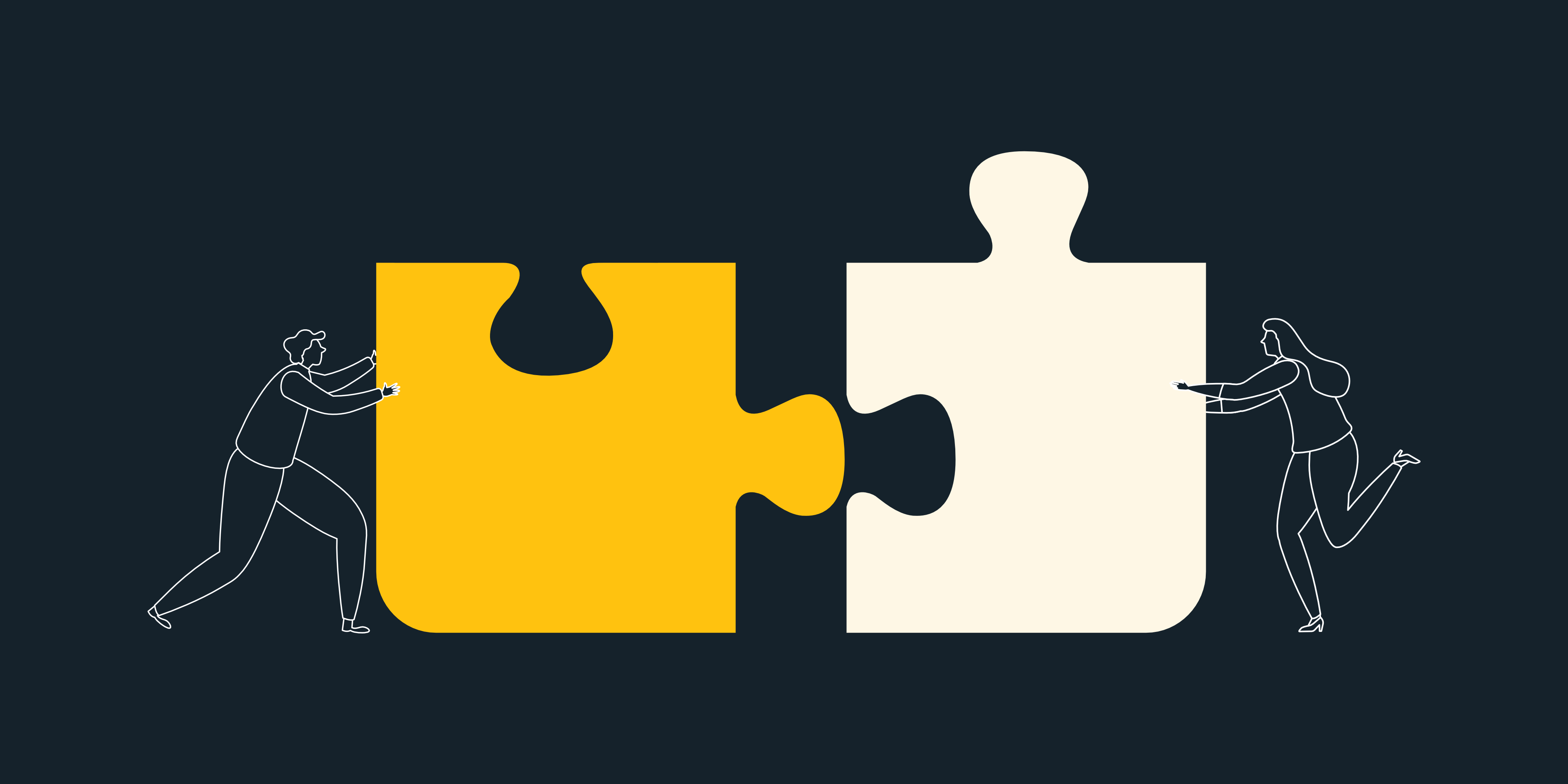What public transport in the future looks like
Designing for diversity when it comes to using public transport

bookmark_star Highlights
With so many major developments underway, NSW Public Transport is now more than ever before a major focus of public attention. Almost everyone has something to say: the public, media, politicians and it's got us thinking - how does the rest of the world do it? As the population expands, our infrastructure must also, and with the expected growth of Sydney reaching 9 million by 2051 (that's only 33 years away by the way) NSW has started it's expanding development plans in the regional, metro and light rail sectors. But more people means more diversity, and organisations are now expected to design not only for your common man or woman, but to be inclusive of everyone no matter what their age, gender, ability or situation may be.
What have we seen in recent transport developments?
If the launch of the B-Line has been anything to go off, we could be able to look forward to in-built USB chargers under the seats, quieter travel, and further improvements for those who are hearing/vision impaired, such as loudspeaker announcements of upcoming stops. Plus, as of May 2018, Sydneysiders are now able to track how crowded their next train is. Mobile apps such as Tripview and NextThere offer real-time data to public transport users, and are able to inform passengers on where best to stand in order to board the carriage with the most remaining available seats. The app uses data generated by weight sensors which is then fed into an algorithm to project seat availability. It's pretty cool, and you can can read more about how it works here.
But what else can we, and our diverse population, look forward to in the future of public transport?
Driverless Trains
Driverless trains are already being tested in Rouse Hill, and it's predicted that by next year Sydney's new driverless trains will be transporting thousands of passengers on the new Northwest Metro Line. "To actually have the opportunity to walk on this future train, to see what customers will be experiencing on the new rail line is actually really uplifting, because we've never had a service like this before in Australia," Gladys Berejiklian (Premier of NSW) said. The trains are single level, and although they have less seats, they are said to have increased capacity, and will be faster for passengers to get on and off at each station. By the sounds of it, we could soon be seeing trains with close similarity to those that are used in Japan in the subway metro and JR lines.
Bluetooth technology, crowdsourced data, and connected devices making mobility easier for the blind
Boston, Austin and other US cities are trialling using digital aids to assist visually impaired riders better navigate their way to bus stops and stations. Currently transit officials, through a partnership with Perkins School for the Blind, have been contributing data to app Blindways, which uses GPS data along with crowdsourced information to assist impaired users get as close to their mode of transport as possible. Although GPS technology has been helpful so far, it doesn't necessarily get people to the exact location of a bus stop. Joann Becker of Perkins School for the Blind identified this as the "30 foot problem" where people are getting close enough for their GPS to say they have arrived, but are still not physically close enough to exactly where a bus will stop. Through app Blindways, riders receive location-specific notifications they are able to use to familiarise themselves with their surroundings such as "There is a bench to the right of the bus stop" or "The bus stop sign is on a square pole beside a fire hydrant".
Olfactory Signals
For those of us who are visually impaired, there may be more to expect than sound alone. In the city of Rennes, France a subway station has started spreading olfactory signals (perfumes and scents) in the air in order to make orientation easier. The idea is to spread two different perfumes in two opposite directions of the same subway line along the platforms and in the elevators all the way up to the station. The perfumes act as additional help for the visually impaired in addition to sound signals, and a similar system is being tested aboveground in the tramways in Montpellier according to the Federation of the Blinds in France. But all of these are (hopefully) just the beginning. In the future we could have driverless, intelligent, automatic, tech-smart, super-speedy public transport systems that will transport us to our destination seamlessly, timelessly, without any friction or stress. Or, you know, teleportation.
Published
18 July 2018
Written by
Keep reading
Ready to transform your customer experience?
Speak directly with our team of experts to explore your challenges, opportunities and needs.










